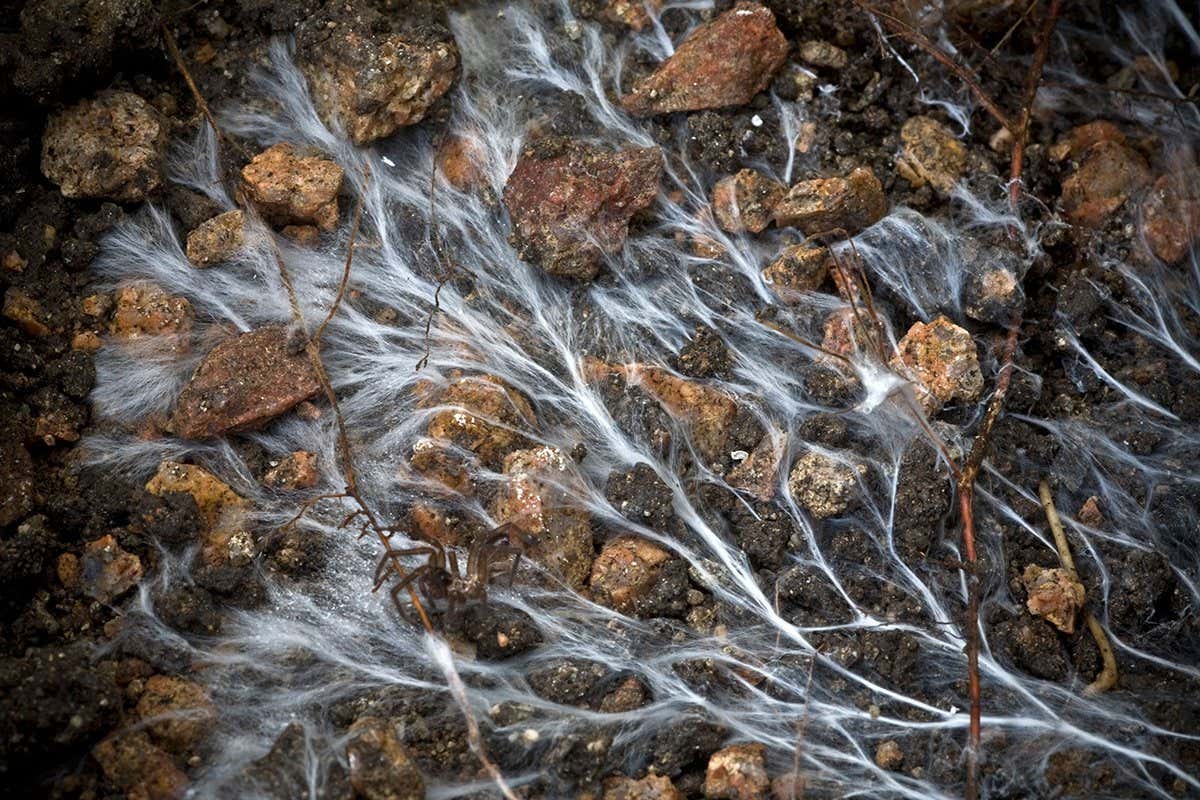Mycorrhizal Fungi: Nature's Secret Weapon in the Fight Against Climate Change
The world is grappling with the urgent need to reduce carbon emissions and mitigate the effects of climate change. While technological solutions are being explored, nature itself offers a powerful and readily available ally: mycorrhizal fungi. These fascinating organisms, living in a symbiotic relationship with plant roots, are emerging as a key player in enhanced carbon capture and storage, offering a potentially transformative solution to climate change.
What are Mycorrhizal Fungi?
Mycorrhizal fungi are a type of fungi that form symbiotic relationships with the roots of most plants. This mutually beneficial relationship, known as mycorrhizae, sees the fungi extending their vast network of hyphae (thread-like structures) into the soil, dramatically increasing the plant's access to water and nutrients like phosphorus and nitrogen. In return, the plant provides the fungi with carbohydrates produced through photosynthesis. This intricate network acts as a crucial conduit for nutrient exchange and soil stabilization.
The Role of Mycorrhizal Fungi in Carbon Sequestration
The significance of mycorrhizal fungi in the fight against climate change lies in their ability to enhance carbon sequestration. Here's how:
-
Increased Carbon Uptake: The extensive hyphal networks of mycorrhizal fungi dramatically increase the surface area for nutrient and water absorption by plant roots. This leads to improved plant growth and, consequently, increased photosynthesis, resulting in more carbon being captured from the atmosphere.
-
Enhanced Soil Carbon Storage: Mycorrhizal fungi actively transport carbon from plant roots into the soil, where it's stored in stable organic matter. This process helps to build soil health and increase its capacity to sequester carbon for extended periods. This is far more efficient and sustainable than many proposed carbon capture technologies.
-
Improved Soil Structure: The hyphae of mycorrhizal fungi bind soil particles together, improving soil structure and reducing erosion. This helps to protect existing soil carbon from being released back into the atmosphere.
-
Resilience to Climate Change: Plants with mycorrhizal associations often exhibit increased resilience to drought, heat stress, and other climate change impacts. This ensures continued carbon uptake and storage even under challenging environmental conditions.
The Potential of Mycorrhizal Fungi in Climate Change Mitigation
The potential applications of mycorrhizal fungi in climate change mitigation are vast and exciting:
-
Reforestation and Afforestation: Enhancing mycorrhizal networks in reforestation and afforestation projects can significantly boost carbon sequestration rates, making these efforts far more effective.
-
Agricultural Practices: Sustainable agricultural practices that promote mycorrhizal fungi, such as reduced tillage and the use of cover crops, can enhance soil health and carbon storage in agricultural lands.
-
Restoration of Degraded Lands: Mycorrhizal fungi play a crucial role in restoring degraded ecosystems, accelerating plant growth and carbon sequestration in areas affected by deforestation or pollution.
Further Research and Future Directions
While the potential of mycorrhizal fungi is clear, more research is needed to fully understand the complexities of these symbiotic relationships and optimize their use for carbon sequestration. Further investigation into:
- Species-specific effects: Different mycorrhizal fungi species have varying effects on carbon sequestration. Research into identifying the most effective species for different ecosystems is crucial.
- Environmental factors: The influence of environmental factors such as temperature, moisture, and soil nutrient levels on mycorrhizal fungi activity and carbon sequestration needs further exploration.
- Large-scale application: Developing effective strategies for large-scale application of mycorrhizal fungi in various ecosystems requires further research and development.
Conclusion: A Natural Solution to a Global Problem
Mycorrhizal fungi represent a promising natural solution to the urgent challenge of climate change. Their ability to enhance carbon capture and storage offers a sustainable and scalable approach to mitigating greenhouse gas emissions. By harnessing the power of these remarkable organisms, we can unlock nature's potential to fight climate change and build a more sustainable future. Investing in research and implementing practices that support mycorrhizal fungi is crucial for a healthier planet.

